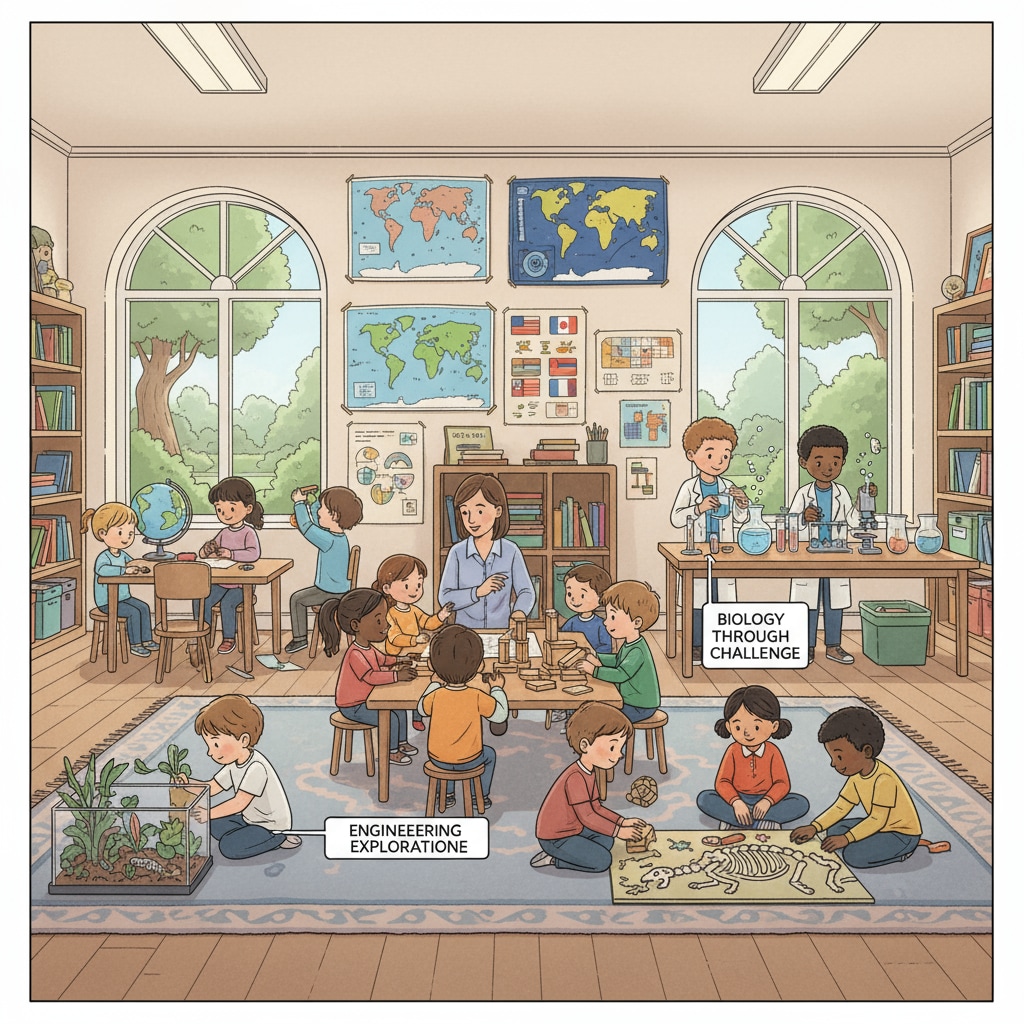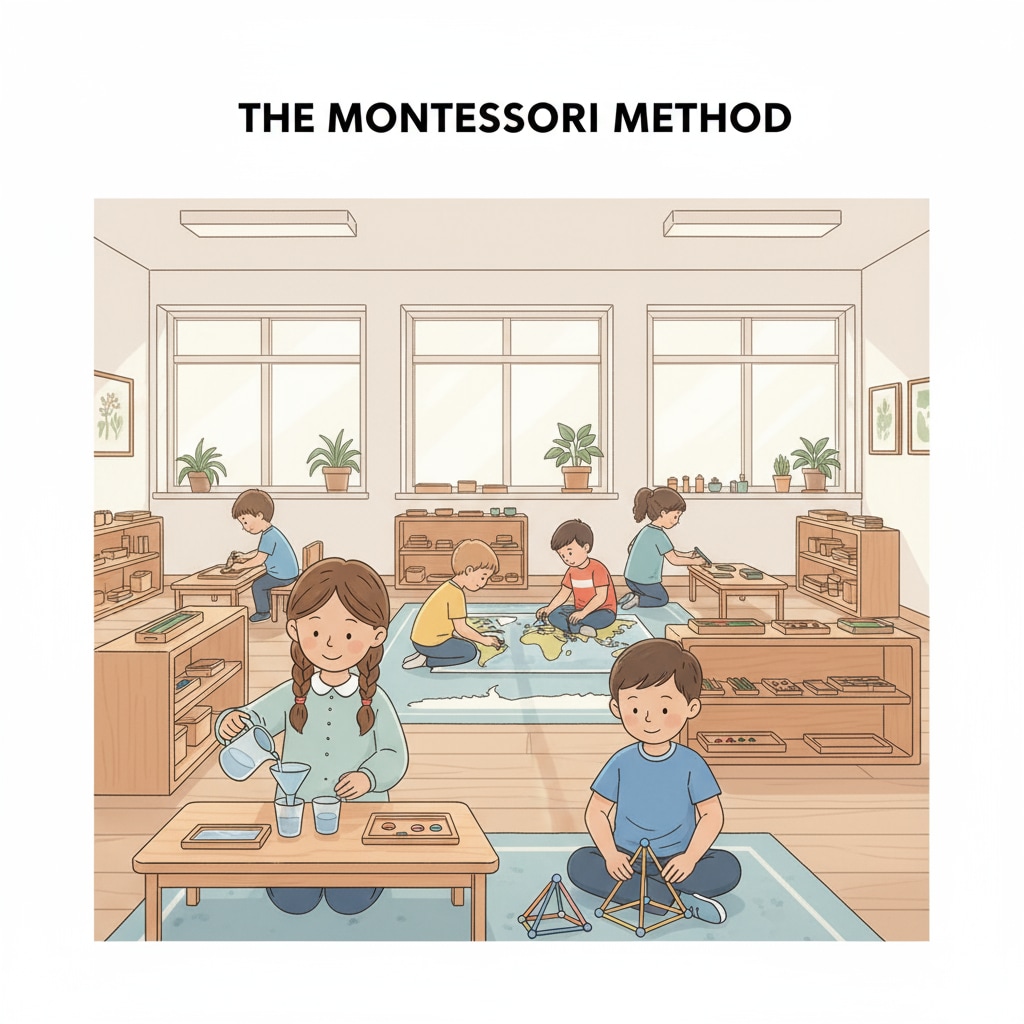Education is not a one-size-fits-all concept, especially when it comes to children who may be “different” and face school adaptation difficulties. Alternative education offers a ray of hope in such situations. Each child is a unique individual, and when traditional educational methods fall short, it’s crucial to explore other educational choices.

Understanding the Need for Alternative Education
Many children struggle to fit into the rigid structure of traditional schools. These kids might have learning differences, unique interests, or a need for a more personalized learning experience. For example, a child with a passion for art may find the standard curriculum, which focuses heavily on core academic subjects, unfulfilling. Therefore, alternative education becomes a viable option as it aims to meet the diverse needs of these children.
Montessori Education: Nurturing Independence and Love for Learning
The Montessori method is one of the well-known alternative education models. It emphasizes hands-on learning, independence, and self-directed exploration. In a Montessori classroom, children are given the freedom to choose their activities from a variety of learning materials. This approach helps children develop a love for learning at their own pace. As a result, those who might have difficulty in a traditional classroom setting can thrive in a Montessori environment. Montessori education on Wikipedia

Democratic Schools: Empowering Students through Self-Governance
Democratic schools operate on the principle of student self-governance. Here, students have a say in the rules, curriculum, and daily operations of the school. This form of alternative education gives children a sense of ownership and responsibility for their learning. For instance, students can decide which subjects to study and how to structure their learning time. Consequently, it can be an excellent choice for kids who need more autonomy in their educational journey. Democratic education on Britannica
In conclusion, when traditional education doesn’t work for “different” children, alternative education provides a range of choices. Whether it’s the Montessori method, democratic schools, or other models, these options offer a more personalized and supportive learning environment, enabling children to overcome school adaptation difficulties and grow into well-rounded individuals.
Readability guidance: The article uses short paragraphs to present ideas clearly. Each H2 section provides key information about different alternative education models. Passive语态 is minimized, and transition words like “for example”, “therefore”, and “consequently” are used to enhance the flow of the text.


